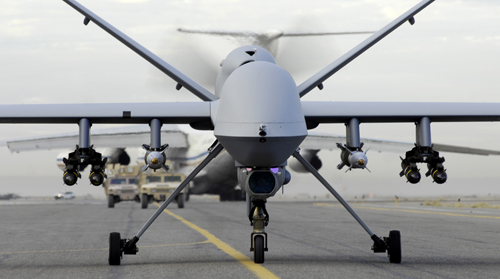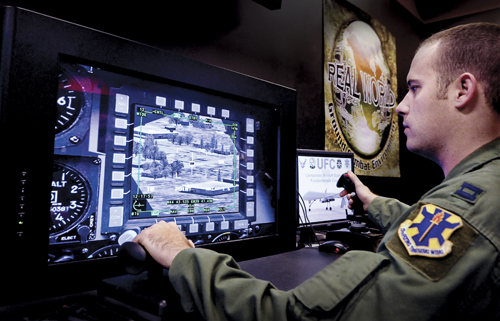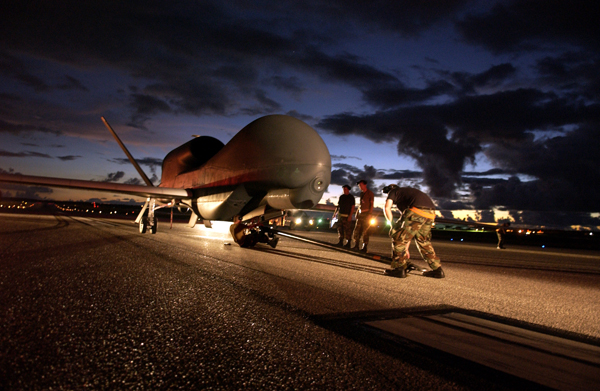
Unmanned Aircraft Systems (UAS) are a hot topic for both the U.S. Military and the FAA. According to the FAA there are some 100 U.S. companies, academic institutions, and government organizations developing over 300 UAS designs. This unmanned aircraft industry is in its infancy; currently the majority of the users of these systems are military. Unmanned aircraft systems are part of the larger group of unmanned systems which include unmanned ground systems, unmanned maritime systems and their related technologies. The Department of Defense is aggressively developing unmanned systems and technologies and has slated plans out till the year 2034.
Unmanned aircraft systems have experienced an explosive growth within the DoD, providing highly capable intelligence, surveillance, and reconnaissance (ISR). While DoD is currently the primary user of these systems interest is growing within federal agencies, state and local governments. Potential uses such as law enforcement, firefighting and commercial real estate photography just to name a few. Sizes of current UAS’s range from only few inches to over 250 feet long, some can remain aloft for 30 hours or more.

MQ-9 Reaper – Unmanned Aircraft System
The U.S. Air Force has procurement requests planned for 48 units per year over the next 5 years until 2015. The total budget request for UAS in fiscal year 2011 is $1,079,595,000 dollars. This procurement cost includes all components of the MQ-9 weapon system.
The MQ-9 Reaper is a fully operational UAS consisting of the aircraft, sensors, ground control station, (GCS) satellite link, spare equipment along with operations and maintenance crews for deployed locations. A typical crew consists of a rated pilot to control the aircraft and command the mission and an enlisted aircrew member to operate sensors and weapons plus a mission coordinator, when required.

The MQ-9 baseline system carries a robust suite of sensors for targeting including infrared sensor, laser-guided munitions, and synthetic aperture radar; color/ monochrome camera, laser designator and a laser illuminator. Each MQ-9 aircraft system can be disassembled and loaded into a single container, transported in the C-130 Hercules or larger aircraft, for deployment worldwide.
This past May (May 27, 2010) the Army recognized a milestone of 1 million hours of flight for unmanned aerial systems.
Based on the numbers and reports it looks like unmanned aircraft systems are here to stay, providing opportunities to companies both large and small.
* Writers are free to paraphrase or re-publish this article as long as they credit bidlink.net and link back to the original.
Photo credit: MQ-9 Reaper_081103-F-8477M-991|Capt. Sam Allen operates the controls of a battlespace simulator in the Unmanned Aircraft Systems Fundamentals Course’s laboratory. Captain Allen is an instructor with the 563rd Flying Training Squadron and the UASFC director at Randolph Air Force Base, Texas. (U.S. Air Force photo/Rich McFadden)
Send comments to news@bidlink.net.



